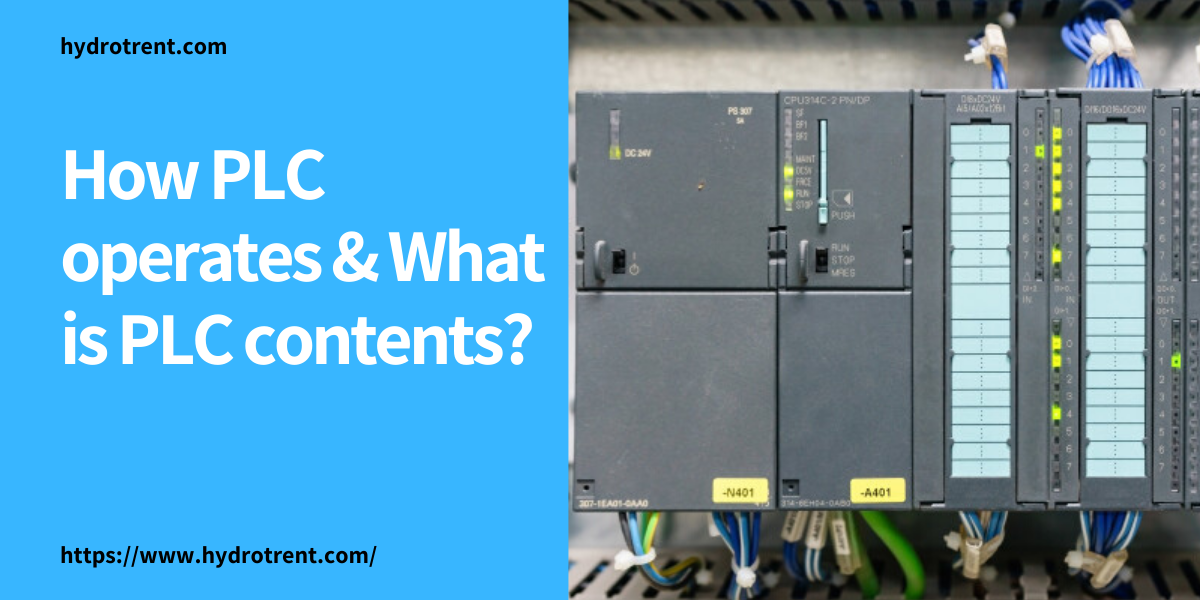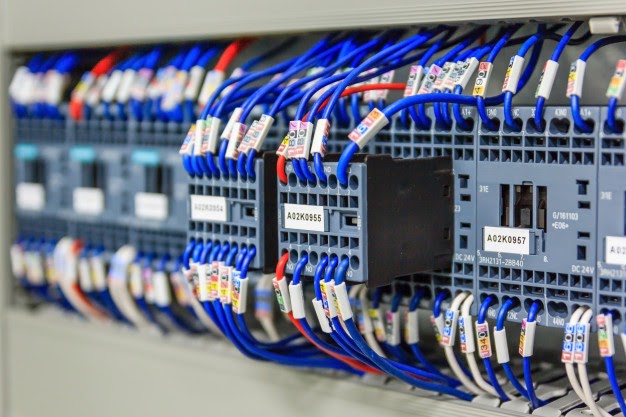Programmable logic controller (PLC) is an industry computer control system that continuously monitors the state of the input device and makes a specific program-based decision to control the state of the output device.
How PLC Operates
There are four basic steps in the operation of all PLCs; Input Scan, Scan Program, Output Scan, and Household. These steps continue to take place in repeated loops.
- Input Scan – Detects state of all input devices connected to PLC
- Scan Program – Runs the user creating the program logic
- Output Scan – Energizes or de-energy all output devices connected to PLC.
- Housekeeping – This step includes communication with internal programming, internal diagnostics, etc.
What Is PLC Contents
The Central Processing Unit, the CPU, contains an internal program that tells PLC how to perform the following functions:
- Run Control instructions contained in the User Program. The program is stored in “nonvolatile” memory, which means that the program will not be lost if the power is removed
- Communicate with other devices, which can include I / O Devices, Programming Devices, Networks, and even other PLCs.
- Carry out household activities such as Communication, Internal Diagnostics, etc.
For more information about PLC Systems for Automation, please visit https://www.hydrotrent.com/







